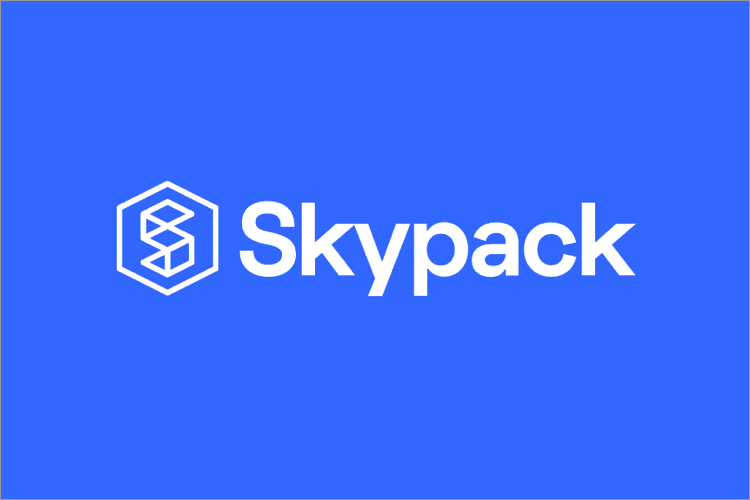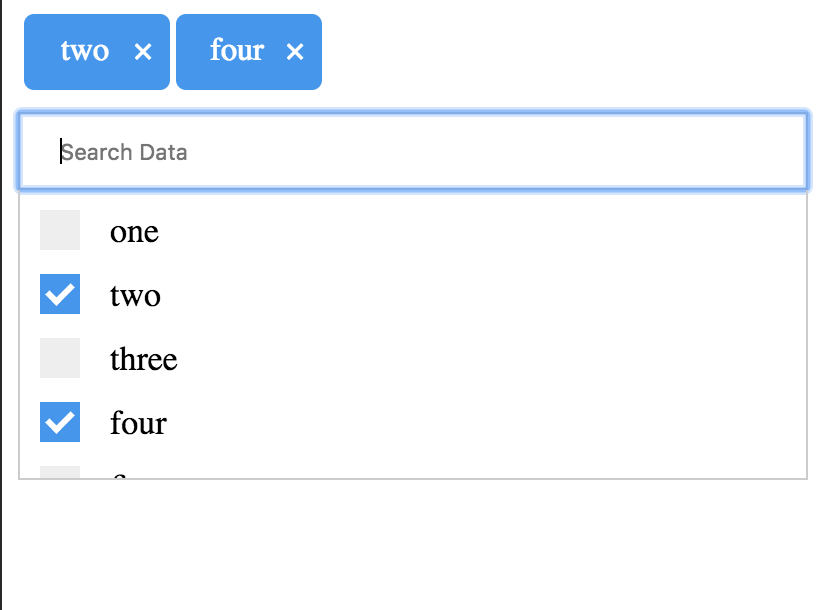


If your build doesn't need development dependencies on the agent to run, you can speed up build times with the -only=prod option to npm install.
#NPM INSTALL OPTIONS DOWNLOAD#
Directly run npm install in your pipeline, as it's the simplest way to download packages from a registry without authentication.You can use npm in the following ways to download packages for your build: This registry is a type of private npm registry that you specify in the. In your build, use Yarn or Azure Artifacts to download packages from the public npm registry. Use the npm or command-line tasks in your pipeline to install tools on your build agent. The rest of the pipeline can then use the ng tool from other script stages. The following example installs the latest version of the Angular CLI by using npm. To install tools that your project needs but that aren't set as development dependencies in package.json, call npm install -g from a script stage in your pipeline. The following example calls the mocha test runner but looks for the version installed as a development dependency before using a globally installed (through npm install -g) version. Run tools installed this way by using the npm npx package runner, which detects tools installed this way in its path resolution. Use the npm task to install with package.json - task: 'install' Use a script to install with package.json - script: npm install -only=dev The exact version of the tools gets defined in the project, isolated from other versions that exist on the build agent. If you have tools that are development dependencies in your project package.json or package-lock.json file, install your tools and dependencies through npm. To make changes to the YAML file, select the pipeline and then Edit the azure-pipelines.yml file. When you're done, you have a working YAML file ( azure-pipelines.yml) in your repository that's ready for you to customize. Select Save and run > Commit directly to the main branch, and then choose Save and run again.Ī new run starts. Select that template.Īzure Pipelines generates a YAML file for your pipeline.
#NPM INSTALL OPTIONS CODE#
When the list of repositories appears, select your Node.js sample repository.Īzure Pipelines analyzes the code in your repository and recommends the Node.js template for your pipeline. If you're redirected to GitHub to sign in, enter your GitHub credentials.

Select GitHub as the location of your source code. Go to your project and select Pipelines > Create a new pipeline. Your browser goes to and displays your Azure DevOps dashboard. task: '$(Build.ArtifactStagingDirectory)/npm' TargetFolder: $(Build.ArtifactStagingDirectory)/npm The following YAML file creates a package for npm release and produces an artifact named npm.


 0 kommentar(er)
0 kommentar(er)
